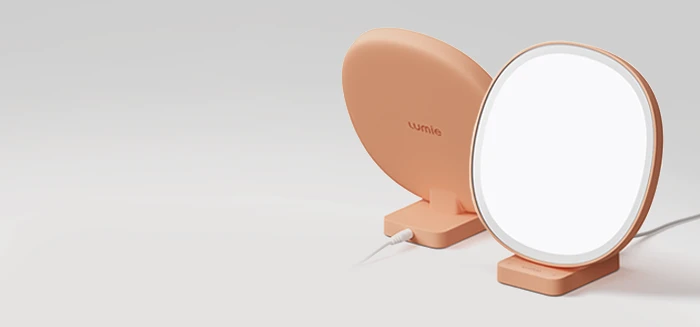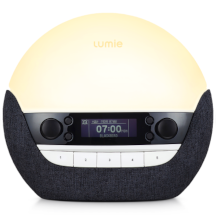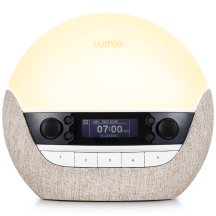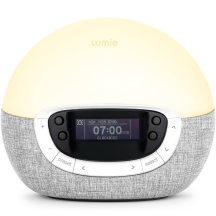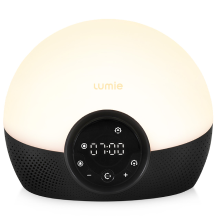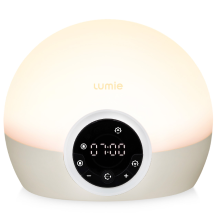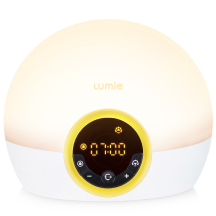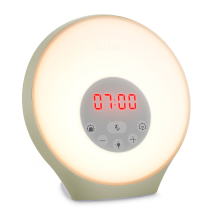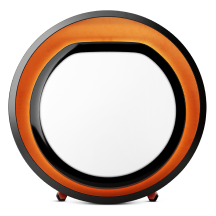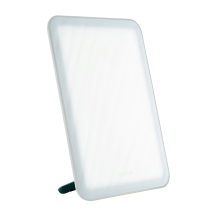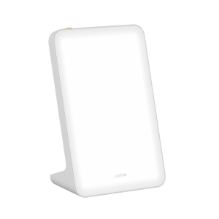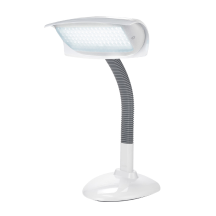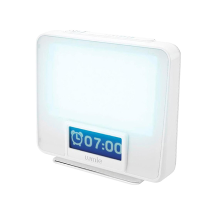Welcome to Lumie support
How can we help?
Your one-stop support hub
Customer satisfaction is at the heart of what we do, and we are always happy to assist with any issues or questions you may have. Explore product guides, FAQs, and specific queries about our wake-up and SAD lamps below.
Get support
Our Customer Care Team is here to lend you a helping hand in no time, available Monday to Friday, 9.30 am – 5.30 pm.
Frequently Asked Questions
How do Lumie Bodyclock wake-up lights work?
Lumie Bodyclock wake-up lights, use a gradual increase in light intensity along with smooth colour changes from red, orange to warm-white to simulate a natural sunrise. This gentle transition helps regulate your body's internal clock naturally and encourages a more peaceful waking experience, ensuring you feel rested, refreshed, and ready to tackle your to-do list.
How often should you use bright light therapy for wellbeing support?
Your body’s natural rhythms, which influence mood, sleep and general wellbeing, are governed by how much light (natural and artificial) you’re exposed to. Bright light therapy lamps mimic the colour and intensity of natural light, so if you’re indoors, a bright light therapy session works quickly to improve mood, energy, focus and performance. Used daily, a bright light therapy lamp such as Lumie Task or Vitamin L can encourage a more regular sleep/wake pattern, making it easier to get to sleep and wake up feeling more refreshed.
How often should you use bright light therapy for winter blues?
Look out for early signs of winter blues in Sept/Oct and if you start feeling more tired, anxious or irritable, start using a bright light therapy lamp such as Lumie Task or Vitamin L. As spring comes around, you can cut back on your bright light sessions. If symptoms return, simply use your bright light therapy lamp again for a few days.
When should you use bright light therapy?
If you're using a bright light therapy lamp such as Lumie Task or Vitamin L to help with the winter blues, bright light in the morning is most effective so try that first. For some people, early evening light exposure is beneficial. If you find it difficult to get going in the morning, switch on your bright light therapy lamp as soon as you can. If you don't have much time in the morning, then you should aim for a top-up or full session in the afternoon. If you tend to feel sleepy or fall asleep too early, use your bright light therapy lamp in the late afternoon/early evening. It's best to avoid bright light too close to bedtime - within about three hours - as you may find it difficult to get to sleep.
How long should you use a bright light therapy lamp for?
Let's delve into the impact of light on your body's internal clock. Morning light plays a vital role, but we understand that access to natural daylight isn't always feasible. This is where light therapy steps in as a valuable solution. Research demonstrates that dedicating a mere 30 minutes daily in front of a 10,000 lux light box (at about arm's length) can effectively enhance your mood, energy levels, focus, and even help regulate your sleep-wake cycle.

